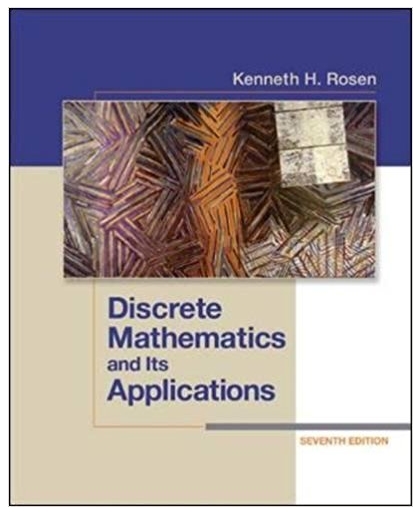Answered step by step
Verified Expert Solution
Question
1 Approved Answer
Activity Description Understanding basic numerical values and concepts in measurement is needed to accurately interpret and apply the results of various statistical analyses and assessments.
Activity Description Understanding basic numerical values and concepts in measurement is needed to accurately interpret and apply the results of various statistical analyses and assessments. The questions below are designed to reinforce your knowledge of important measurement interpretive skills. For this task you will respond to each question succinctly yet with sufficient specificity to demonstrate the accuracy of your understanding. 1. What is the significance of understanding a distribution's range, skewness, and kurtosis? 2. Concerning a distribution of scores, wat is the significance of determining basic measures of central tendency involving the mean, median, and mode? 3. Concerning a distribution of scores, what is the significance of determining basic measures of variability involving the range, standard deviation, and standard error measurement? 4. Concerning a distribution of scores, what is the significance of determining basic measures of standing involving a percentile, a stanine, and a standard score (i.e., t-score, z-score)? 5. Describe the difference between a criterion-referenced assessment and a standardized norm-referenced assessment. 6. Describe the difference between a criterion-referenced grade-equivalent score and a standardized norm-referenced score. Length: 3-5 pages, not including a title or reference pages. Your paper should demonstrate thoughtful consideration of the ideas and concepts presented in the course by providing new thoughts and insights relating directly to this topic. Your responses should reflect scholarly academic writing, current APA standards, and adhere to Northcentral University's Academic Integrity Policy. Upload your assignment using the Upload button below. Learning Outcomes 3.0 Assess the strengths and weaknesses of different measurement techniques. Resources Books Reference Instruction Salkind, N. J. (2013) Tests and measurement for people who (think they) hate test and measurements Read Pages 78-105 () Robinson Kurpius, S. E., & Stafford, M. E. (2006). Testing and measurement: A user-friendly guide. http://srmo.sagepub.com.proxy1.ncu.edu/view/testingandmeasurement/SAGE.xml Read: \"The Distribution of Test Scores - The Perfect Body,\" pages 35-41 () Robinson Kurpius, S. E., & Stafford, M. E. (2006). Testing and measurement: A user-friendly guide. http://srmo.sagepub.com.proxy1.ncu.edu/view/testing-andmeasurement/ SAGE.xml Read: \"Standardized Scores - Do You Measure Up,\" pages 71-85 () Robinson Kurpius, S. E., & Stafford, M. E. (2006). Testing and measurement: A user-friendly guide. http://srmo.sagepub.com.proxy1.ncu.edu/view/testing-andmeasurement/ SAGE.xml Read: \"Norms and Criterion Scores - Keeping Up with the Joneses or Not,\" pages 93-98 () Robinson Kurpius, S. E., & Stafford, M. E. (2006). Testing and measurement: A user-friendly guide. http://srmo.sagepub.com.proxy1.ncu.edu/view/testing-andmeasurement/ SAGE.xml Read: \"Error Scores - The Truth, the Whole Truth, and Nothing but the Truth,\" pages 101-106
Step by Step Solution
There are 3 Steps involved in it
Step: 1

Get Instant Access to Expert-Tailored Solutions
See step-by-step solutions with expert insights and AI powered tools for academic success
Step: 2

Step: 3

Ace Your Homework with AI
Get the answers you need in no time with our AI-driven, step-by-step assistance
Get Started


